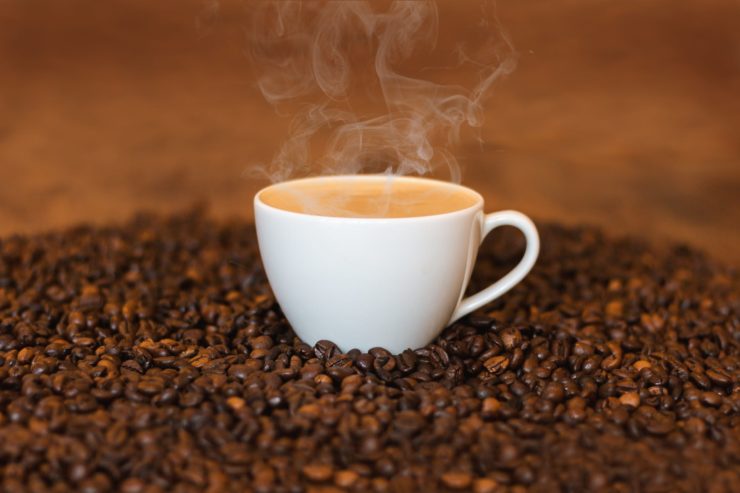
Drones are undoubtedly one of the fastest growing industries around. Thanks to somewhat relaxed regulations and robust investment in drone development, they are actually revolutionizing modern technology companies. Drones are being used everywhere from pizza to medical deliveries, from military logistics to emergency response situations. One area they are having a huge impact on is agriculture.
Research suggests that the use of drones in the agricultural sector is likely to reach $1 billion by the year 2024. Thatiana Miloso, the commercial director of Brazilian drone company XMobots, said drones contribute significantly to Brazilian agriculture. They have been especially beneficial to farmers of soybeans, cotton, sugarcane, eucalyptus, coffee, and corn. Drones are used to apply pest control and monitor crops. Currently, the company is supplying drones to three large coffee growers.
XMobots drones are used to gather useful topographical data such as contour lines and land surveys. In some cases, the drone technology is used to detect pests, count coffee trees, check water levls, or any other similar problems that contributes to lower crop yields. On top of this, drones are also useful in detecting growing issues, measuring land size, and checking crops after there is excessive rainfall or fires.
Arator 58, one of XMobots drone models, has been used extensively by coffee farmers because of its high accuracy. Fitted with real time kinematic technology, the model is both versatile and user friendly. It can cover about 400 hectares in one flight. Its high accuracy technology guarantees positional accuracy even without control points. For instance, its 1M5 camera can detect pest infestation and plant diseases impossible to detect with the naked eye. These necessary procedures would have taken countless hours of human labor. Once the drone captures images of the affected crops, Miloso advised that an agronomist should visit the affected part of the farm to collect plant samples to verify the nature and extent of pest attack. Combining the best of both man and machine working together through drone photography or videos.
Pesticides are crucial to the life of their crops, though when being applied can cause problems for humans. Advancement in drone technology has seen the production of drones that can spray crops with more precision than a conventional tractor. With such drones, farmers can minimize pesticide exposure to farm workers. On top of that it is much cheaper and quicker to spray with drones.
These drones come in handy when attending to plants in mountainous areas like Brazil. Such terrains make it difficult for humans to carry out pesticide applications. It is even dangerous for manned aircraft, like small planes, to maneuver in those terrains due to the hazards of pest application. While there are many smart farming techniques and tools being used worldwide, drone technology is among the most widely used. Today, farmers rely on drones to improve yield in an environmentally friendly way while maximizing its results.
|